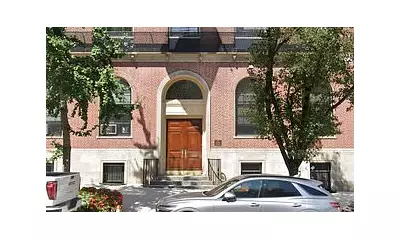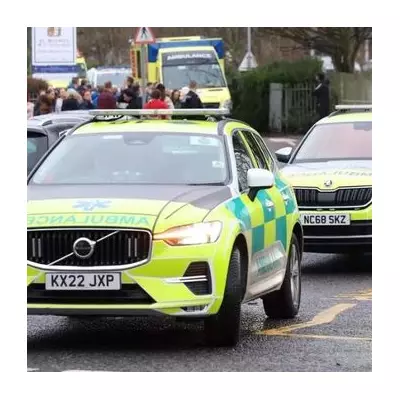
The tragic death of Harvey Willgoose has sent shockwaves through the UK, with a damning report revealing five critical red flags that were missed by authorities. The 12-year-old boy’s case has exposed glaring failures in the child protection system, leaving many questioning how such a tragedy could have been prevented.
The Five Warning Signs
According to the report, these were the key indicators that should have triggered intervention:
- Frequent school absences: Harvey missed 44 days of school in one academic year, yet no proper investigation was conducted.
- Visible injuries: Teachers and neighbours reported seeing bruises on Harvey, but these concerns weren’t escalated properly.
- Sudden behavioural changes: The once-vibrant boy became withdrawn and anxious, a classic sign of distress.
- Poor hygiene: Harvey often arrived at school unwashed and in dirty clothes.
- Parental disengagement: His caregivers repeatedly failed to attend important meetings about his welfare.
Systemic Failures Exposed
The serious case review found multiple agencies failed to share crucial information that might have saved Harvey’s life. Social services, schools and healthcare providers all had pieces of the puzzle but never connected them properly.
"This was a child who fell through every possible gap in the system," said one child protection expert familiar with the case. "When you look at the missed opportunities, it’s absolutely devastating."
Calls for Reform
Harvey’s case has reignited calls for better training and coordination between child protection agencies. Campaigners are demanding:
- Mandatory joint training for teachers, social workers and healthcare staff
- Stricter protocols for following up on school absences
- Better systems for sharing concerns between agencies
As the community mourns Harvey’s preventable death, his case serves as a tragic reminder of the importance of vigilance in child protection. The question remains: how many more warning signs must be missed before real change happens?





